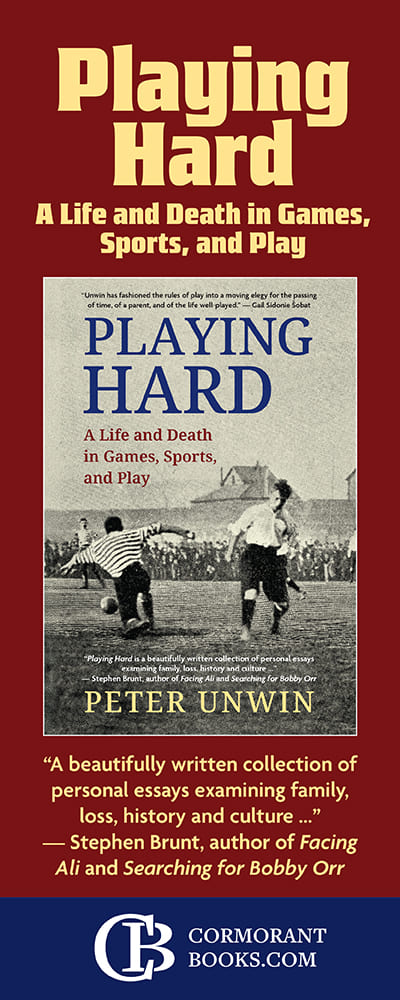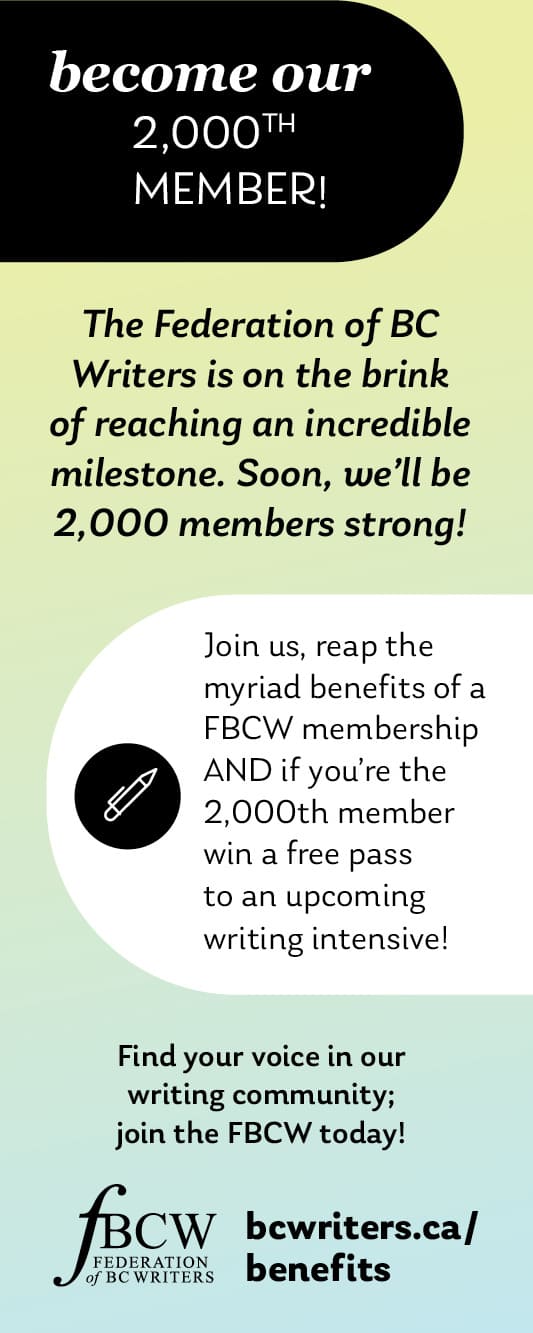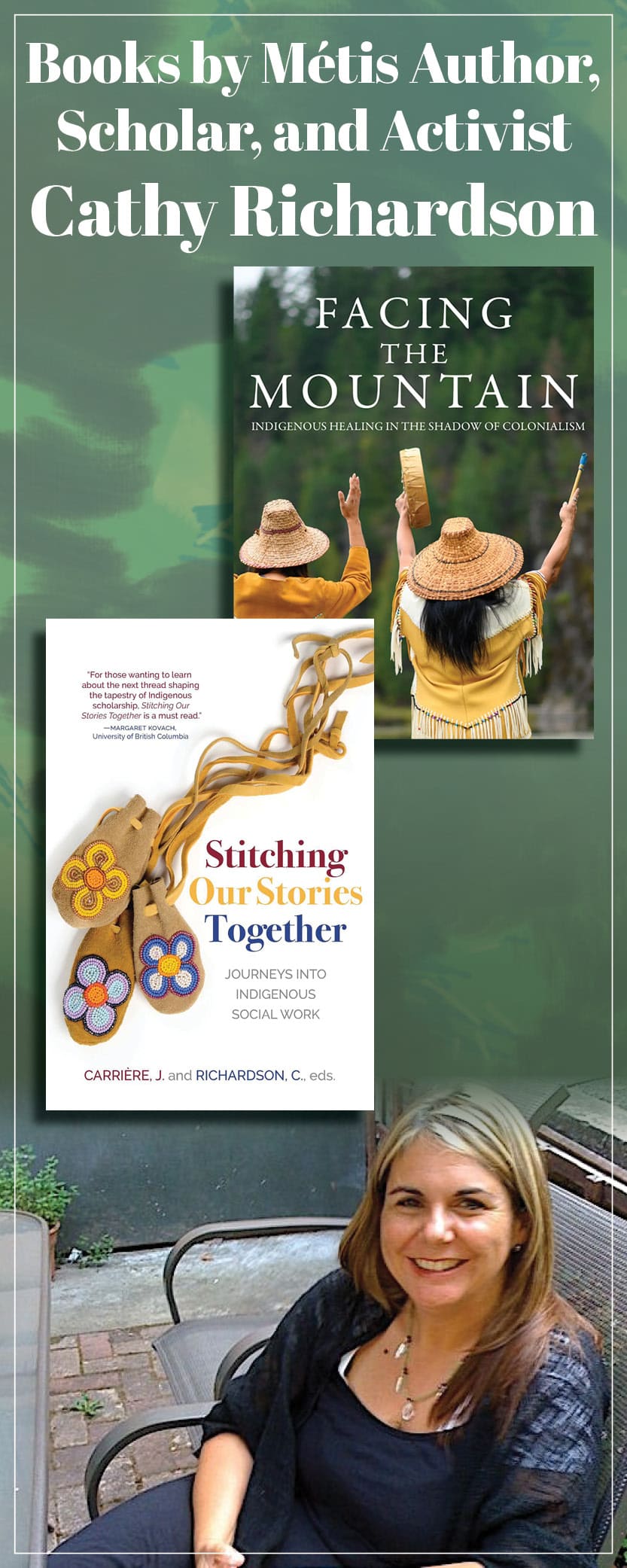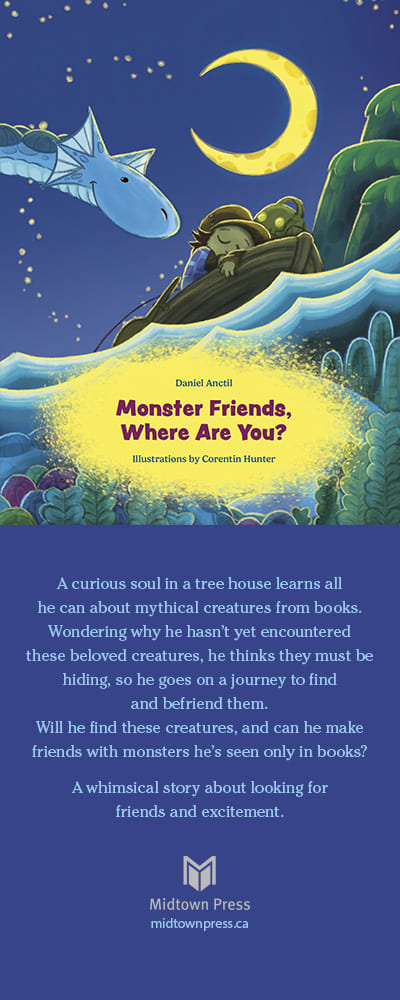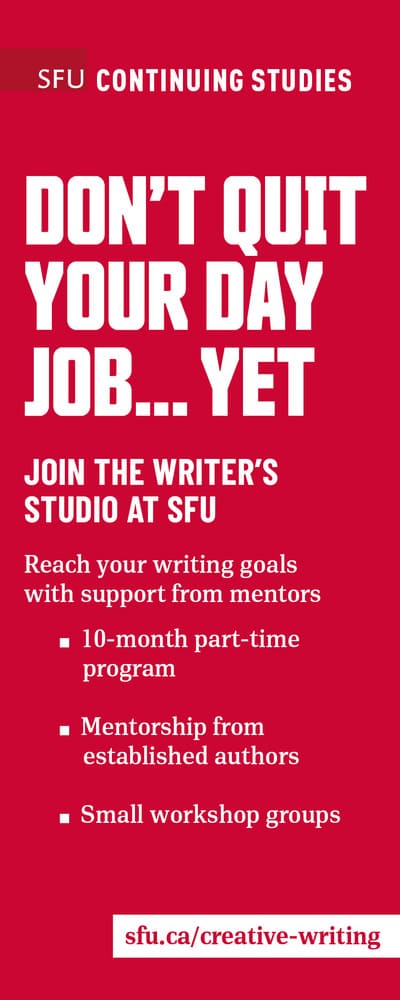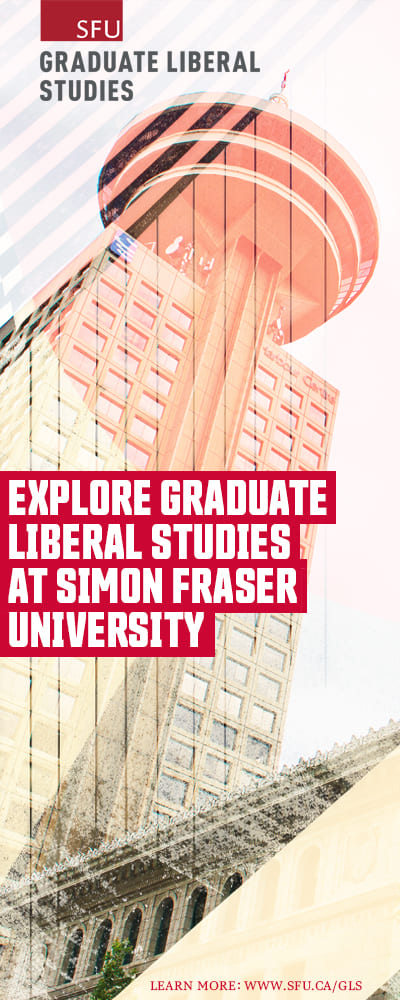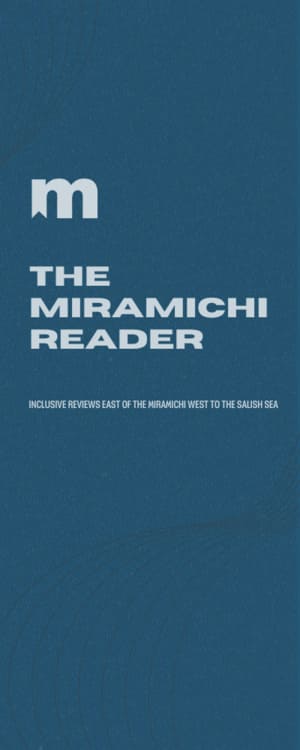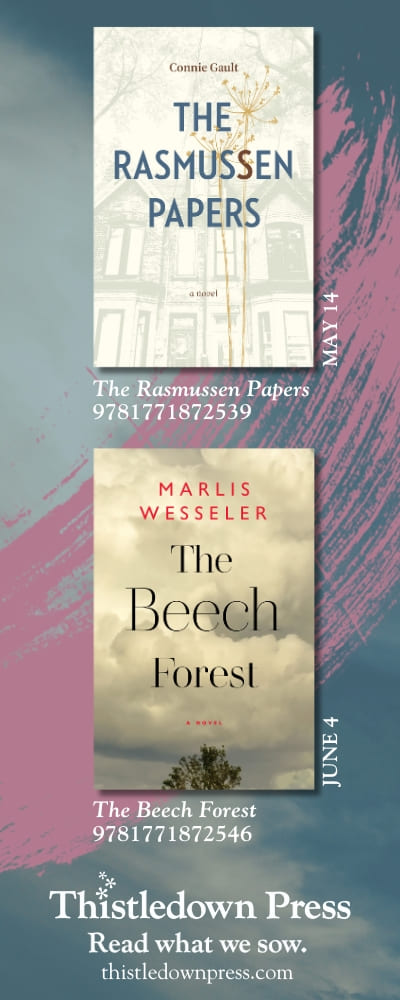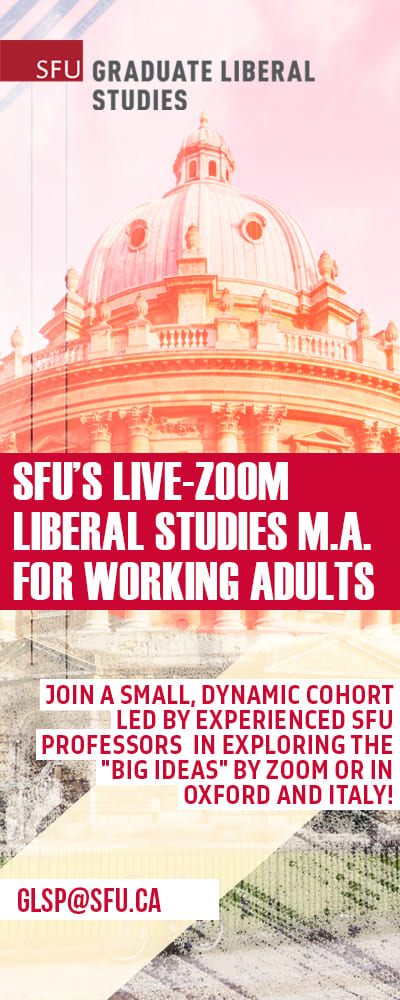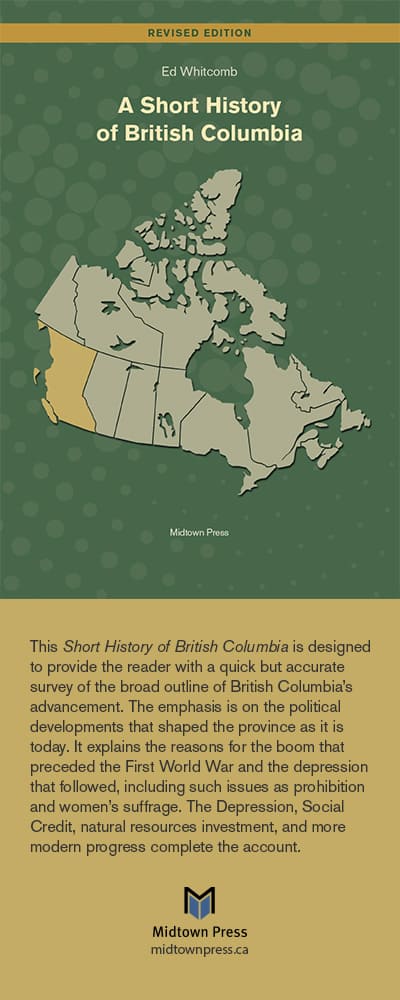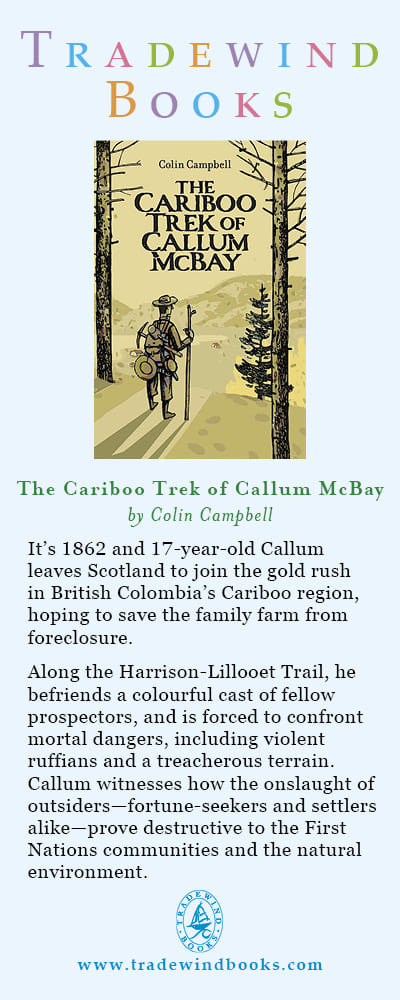1416 Fascism now and then
Spectres of Fascism: Historical, Theoretical, and International Perspectives
by Samir Gandesha (editor)
Toronto: Between the Lines Books, 2020
$34.95 / 9781771135016
Reviewed by Stan Markotich
*
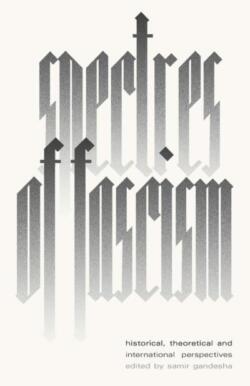 Adolf Hitler, Benito Mussolini … and Steve Bannon?
Adolf Hitler, Benito Mussolini … and Steve Bannon?
When I was starting my undergraduate career at Simon Fraser University some 40 years ago, I often heard a joke that was circulating in student groups. During discussions about upcoming party plans, someone would quip, “that’s right, the Communist Party.” The comment was invariably meant ironically. Perhaps the very first manifestation of that gag triggered laughter, but not with incessant repetition. It was still a time when SFU was known for its student radicalism; the image of Berkeley North was still very much alive, on and off campus. After some time I realized that humour was not the only intention. Instead, the gag was a reaction to the way working class and workers’ issues were stigmatized by those who feared the power of labour. Enlightened minds in positions of authority saw Bolshevism everywhere; some of the enlightened also thought of themselves as the vanguard of higher education, as society’s most tolerant. As students, our only weapon against the bitter authoritarianism of those in power was to weaponize humour. The intent on our part was only to blunt the efforts of those in authority to survive another day free of the intellectual oppression forged by our social, political, and academic betters. The powerful saw in workers’ demands for pay equity the certainty of violent leftist revolution. Any worker seeking better working conditions had to be some sort of Stalinist, Leninist, or even Maoist.

How times have changed. Today, the working class and the activist efforts surrounding it are pitied more than feared. Liberal capitalism has freed individuals and paved a way to wealth. Those toiling, especially in sunset industries, are perhaps vilified but not feared because their ways are marching them to the dustbin of history. Don’t many or even all workers know that some labour is actually standing in the way of progressive agendas now so strongly advocated by the powerful?
And so today’s powerful take me back to that old undergraduate joke. The working people may be pitied, but do they represent “the common folk?” That’s hard to tell. And that lack of clarity is once again causing a societal malaise. Fear once more creeps into discussions about the health of the body politic. This time fascism is garnering attention.
In the Spectres of Fascism, under editor Samir Gandesha, fifteen scholars from a variety of fields are bought together in a volume of fifteen chapters – each an individual essay — that explore the idea of fascism and its resilience. In the first part of the book, five essays scrutinize fascism in a historical context and focus on treating certain developments in our current context against the backdrop of political regimes that once openly adopted the label. Indeed, few might call themselves fascist today, at least openly, but there is a resurgence of rightist politicking that seems to mimic some elements of what became state ideology in several European nations in the 1920s and 30s.

For example, Tamir Bar-On of the School of Social Sciences and Government, Tecnológico de Monterrey, Mexico, in his essay that takes up the far right in au courant France, examines the connections between the New Right and the Alt-Right and suggests that while both may be different in some respects, they are fundamentally aligned in their “kindred” disposition, dependence on charismatic leadership, and broad mission statements that advocate for racism: both are “within the ambit of the revolutionary right because they want to destroy liberal democracy, capitalism and multiculturalism” (p. 89). UBC’s Jaleh Mansoor, in a fascinating essay on futurism that focuses on the futurist movement in the early decades of the twentieth century, suggests that some artists adhering to the movement were out of step with what they understood to be a common cause with the fascist regimes and leaders of the day. Well aware of the significant social import of leading-edge technology, right-wing futurists of that time managed to fall afoul of official fascist doctrines that communicated with the masses through signifiers that highlighted a romanticized notion of culture, human nature, and communal strength through labour (often portrayed through aesthetics that featured agrarian imagery). But today, an art aesthetic that may rely on technological symbolism has found its connection to society’s elites. Indeed, Monsoor writes, a “recursive conjuncture of fascism and techno-utopianism conditions our present, evidenced by alt-right sympathizers…[in] some of the most well-funded conservative think tanks in the United States” (p. 62).
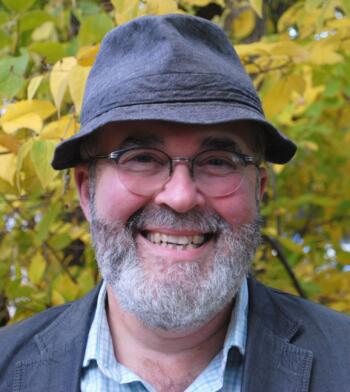
In the middle section of Spectres of Fascism, the essays shift from the societal to the psychological. The reader is asked to consider what factors predispose one to succumb to fascism. To be sure, some macro elements must provide context. If one is to understand fascism today, one must not look for it to be replicated in exactly the same manner in which it found expression some hundred years ago. In his own absorbing essay, editor Gandesha explains that “today’s fascism, for the most part, does not take the form of a mass movement geared to the violent overthrow of democracy. …” (p. 120). I think this is among the most profound observations in the volume. I have for some time suspected that those in positions of influence have sought a controlled demolition of state structures, making certain that no sudden movements upset their class interests and institutions that revolve around wealth accumulation; the game may be, as Gandesha suggests, to separate liberalism (of the economic form) from democracy.
Perhaps, then, the endgame is precisely not to enable an uncontrollable mass uprising, but to use social media in campaigns to forge Freudian “artificial groups” through campaigns “that undermine the reality-testing capacity and therefore critical capacity of the ego” (p. 134). The psychological nature or peculiarity, perhaps purely psychological, of fascism is underscored in the thought-provoking essay by sociologist Gary Genosko, who argues that fascism cannot simply be reduced to some historical relic or regimes of bygone eras; rather, its power relies precisely in its attachment to the very instinctive mechanics that can drive individuals. “Fascism leaps and skips transhistorically between generations and adapts itself to new conditions along the way,” Genosko writes (p. 169).
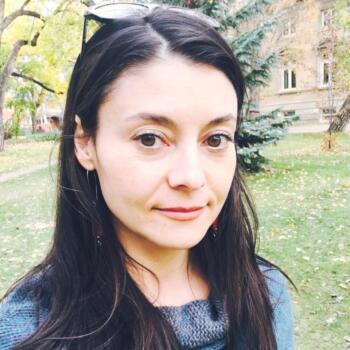
The third part of Spectres of Fascism consists of five essays that bridge the macro and micro perspectives, offering accounts of how expressions of what may be related to fascism are finding succour in our existing world. A few of these are case studies that focus on specific geographical areas, the cultures that dominate them, and the individuals within those spaces. Ajay Gudavarthy and Vijay Gudavarthy explain how rightist politics found popular support in India and how the challenge from the right has managed to forge a union between the uppermost classes in Hindu society and the working masses shackled to debt and harrowing poverty. Métis legal scholar Patricia Barkaskas of UBC, in what is really a moving personal essay, explains how institutions, which many might regard as neutral or the very essence of what will lead to social breakthroughs in Canada, are themselves legacies of the colonialism that has institutionalized persecution. “I think about and live — through my work and daily existence — the reality of colonialism’s impact on Indigenous peoples … every day,” writes Barkaskas (p.191). Jonah Hartle, in an excellent essay about the nexus between art and politics, notes that liberal capitalism has been able to reconcile extremes, using the images of the revolutionary left, for example, to promote lifestyles and consumerism. Ultimately, Hartle argues, our social system’s ability to sedate political action by reducing our very passions to consumerism and reward-seeking, means that art may not be the potent anti-fascist weapon that many may hope or believe.

In closing out the third section, I want to take up an outstanding essay by Joan Braune on aspects of the career of Steve Bannon, the right-wing apologist and former campaigner for US ex-president Donald Trump. She focuses on Bannon’s ideology, revealing that he may never really have been wedded to Trump’s candidacy. Instead, she notes, the former adviser may have been interested in the real estate magnate only because he seemed to be an incarnation of something that Bannon’s world view said was necessary for the reinvigoration of the American system: a political wrecking ball that would introduce an era of chaos and disaster as the necessary precondition for the return of some phoenix-like mythological greatness. Bannon, part mystic and part manipulator par excellence, is portrayed as someone whose working class background is anchored very much in a distant past and who may appeal, may seem folksy, to the lumpen proletariat, but only in a self-serving and calculated way to ensure the loyalty of the rubes for the services they can render. “But fundamental to [Bannon’s] worldview is his commitment to the vision of the Traditionalists: a coming apocalypse that will remake history, and, he hopes, restore past hierarchies,” concludes Braune (p. 217). After finishing this essay, I could not distance myself from the feeling that “outsider” Bannon had been heir to happenstance, someone who blundered his — and his candidate’s — way into high office. And with that perception or bias I kept asking whether Bannon, often portrayed as a buffoon playing in a pasquinade with a mother who dressed him funny, stands truly an object to be feared. Does he really represent our greatest apprehensions realized, or should his successes remind us of our species’ collective limitations?
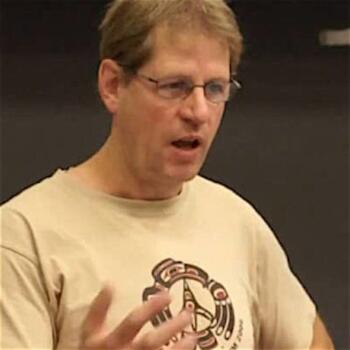
The remaining essays in this volume are also superb and demand attention. Spectres of Fascism as a whole is not actually about fascism, and a reading, no matter how careful, will not yield an unambiguous definition for the term. As the title suggests, it is a book about spectres, the potent political, social and cultural varieties that continue to haunt us. The authors deal with political legacies and their potential revivals. Critical theories and the Frankfurt School infuse the book and remind the reader that it is an academic work of the highest order. Its message is that societies must stand vigilant against threats of fascism, in whatever forms it may manifest.
But I also wondered if critical theories, by prioritizing our peculiar understandings rather than interpretations of intent or inherent qualities, might create misunderstandings. Given the present global geopolitical environment, might Bannon have demonstrated true wisdom for his worldview by supporting Joe Biden’s bid for the presidency? And how much of the current global reality could have been explained by our current frameworks? As author Ingo Schmidt, in an early essay, observes: “Lack of clarity is often the result of scholarly sloppiness or political intentions taking precedence over scientific rigour. But it can also point to a situation in which reality changes faster than theoretical and empirical work can capture” (p. 28).
*

Born and raised in Vancouver, Stan Markotich completed his undergraduate work at Simon Fraser University in 1985. From there, he went on to receive a master’s degree from the University of Victoria. In 1987, he moved to Indiana University, earning his doctoral degree in history under the supervision of Dr. Barbara Jelavich. Upon graduation, Markotich accepted an appointment with Radio Free Europe, serving as Serbian analyst and remaining in Europe for roughly a decade. During that time, he served in a variety of capacities, including as Senior Policy Advisor with Bosnia’s Independent Media Commission, with a secondment from the Canadian Ministry of External Affairs. Markotich has published hundreds of academic and popular articles as well as book chapters. He is the main author of White Paper of the Independent Media Commission: Media and Democratisation in Bosnia and Hercegovina (2000). Markotich is currently teaching at a private college in Richmond, and plans to return to SFU Continuing Education in the Fall 2022. He has completed two manuscripts, including one that deals with his experiences in the Balkans, and is currently reaching out to publishers. Editor’s note: Stan Markotich has also reviewed books by John Restakis and Peter Clarke for The British Columbia Review.
*
The British Columbia Review
Publisher and Editor: Richard Mackie
Formerly The Ormsby Review, The British Columbia Review is an on-line journal service for BC writers and readers. The Advisory Board consists of Jean Barman, Wade Davis, Robin Fisher, Cole Harris, Hugh Johnston, Kathy Mezei, Patricia Roy, Maria Tippett, and Graeme Wynn. Provincial Government Patron (since September 2018): Creative BC. Honorary Patron: Yosef Wosk. Scholarly Patron: SFU Graduate Liberal Studies.
“Only connect.” – E.M. Forster
